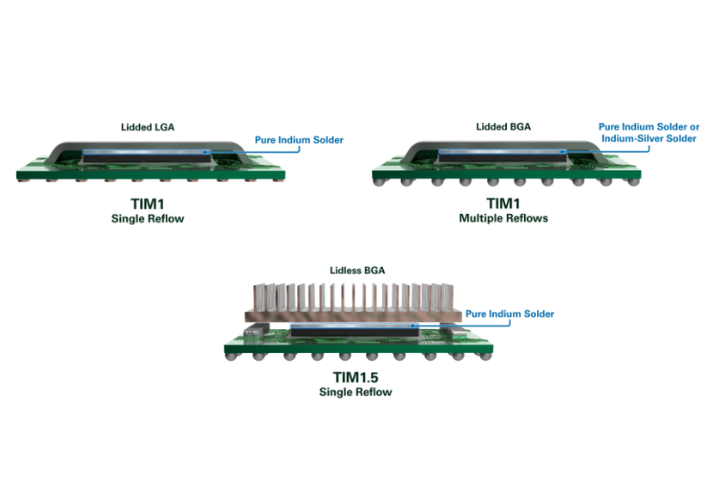In my last post, I talked about the types of solder you could find in implantable medical devices, specifically cardiac pacemakers. Pure goldpreforms are generally used as the solder material in the pacemaker assembly due to theirhigh purity, inertness, biocompatibility, high resistance to corrosion, and ability to provide an excellent hermetic seal in the device. However, this is only the second of three main application segments for medical devices (I talked about wearable medical devices here), and we have finally arrived to the final part: industrial medical devices. Magnetic Resonance Imaging (MRI) machines are just one of the plethora of industrial medical devices that have become common use in the medical field today for disease detection, diagnosis, and treatment monitoring.
The first clinical MRI machines were implemented in the early 1980s, after the invention in the 1970s by Raymond Damadian, who is still alive today. With the significant advancement of technology in the following decades, like many medical devices of the 20th century, MRIs have become widely implemented in medicine today. MRIs use powerful magnets to produce a strong magnetic field around the patient and then send radiofrequency (RF) waves through simultaneously to generate an image. If you have ever had an MRI done, you are probably aware there are usually loud knocking and clicking noises during the procedure – headphones are typically supplied to make the patient more comfortable. The clicking and knocking is the oscillating RF current.
Less exciting, MRI machines tend to use a combination of solders I have already discussedin parts two and three (SAC305 solder paste and 99.99% gold) in the assembly. So, let’s take a step away from the medical device itself and take a look at the room the machine is in instead. Electric currents that oscillate at radio frequencies have special properties not shared by those of lower frequencies. The energy from RF currents can radiate into space as electromagnetic radiation causing distortion to the magnetic resonance signal itself or interference in nearby medical devices. Therefore, shielding the RF waves generated by the MRI machine, from all angles, is mandatory. Copper is one the metals used for RF shielding because it absorbs radio and other electromagnetic waves, preventing them from escaping the room and potentially causing harm elsewhere. It also easily conforms the shape of the MRI room layout, including any odd angles, multiple corners, etc. and has the added benefit of not requiring much maintenance. To create the RF shield, copper sheeting is overlapped and soldered together to create a uniform RF membrane, and is then placed on supports within the walls, ceiling, and floor of the MRI room. Voila, now the RF waves will be contained within the room!
Thank you for joining me for this four-part series about solder in medical devices!



